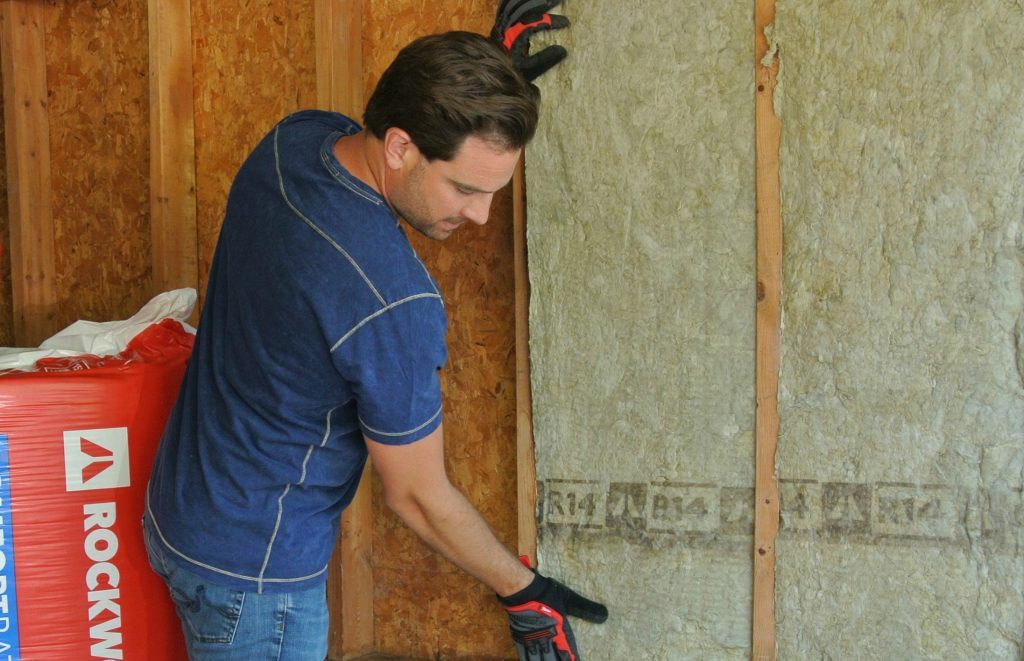Insulation 101 – Stone Wool Basics
Whenever I talk about insulation I refer to it as ‘stone wool insulation’. It’s an important distinction to make, because, while some insulation is made of fiberglass, I much prefer the benefits of stone wool.

What is Stone Wool?
Stone wool insulation is made from volcanic rock, primarily basalt. It was discovered over 100 years ago on the islands of Hawaii where it occurred naturally as a by-product of volcanic activity. It came about by chance when it was discovered that strong winds routinely blew molten lava into fine threads that resembled wool during volcanic eruptions. That revelation eventually led to the manufacture of stone wool insulation.
ROCKWOOL insulation is made of volcanic rock and slag (a by-product of the steel and copper industry). The raw materials are melted and spun into fibers, creating insulation that provides some unique and important benefits.

Benefits of Stone Wool
Resistant to fire: ROCKWOOL stone wool insulation products are non-combustible, resisting fire up to 1,177˚C (2,150˚F). Because ROCKWOOL insulation is made primarily of rock, it achieves its fire resistance without the need for any added chemical flame retardants (which some other insulations include). Fiberglass insulation is also non-combustible, but not nearly as fire-resistant as stone wool.
Water repellent: ROCKWOOL stone wool is water repellent yet vapour-permeable meaning that the long-term R-value (its resistance to conductive heat flow) is unaffected by moisture over time. This is due to its inherent drying potential, meaning it’s also resistant to rot, mold and mildew growth—contributing to a safer indoor environment. In extreme situations, if water were to penetrate a wall cavity, ROCKWOOL insulation will remain dimensionally stable and dry out. When dry, it will retain its original stated R-value and excellent thermal performance.
Sound absorbent: The non-directional structure of stone wool insulation is denser than traditional insulation products, which helps to absorb acoustic waves and can reduce the intensity and propagation of noise. Stone wool also effectively reduces airflow and sound transmission, while providing higher airflow resistivity for improved sound attenuation.
Installation: Mineral wool comes in dense, firm batts that are friction-fit into place, with no stapling required. Use a serrated bread knife to cut the desired size and then simply fit into place.

When it comes to insulation, I always choose stone wool due to its superior fire resistance, sound dampening, moisture resistance, and ease of installation. For more information about products made from stone wool, please visit www.rockwool.com.

Comments